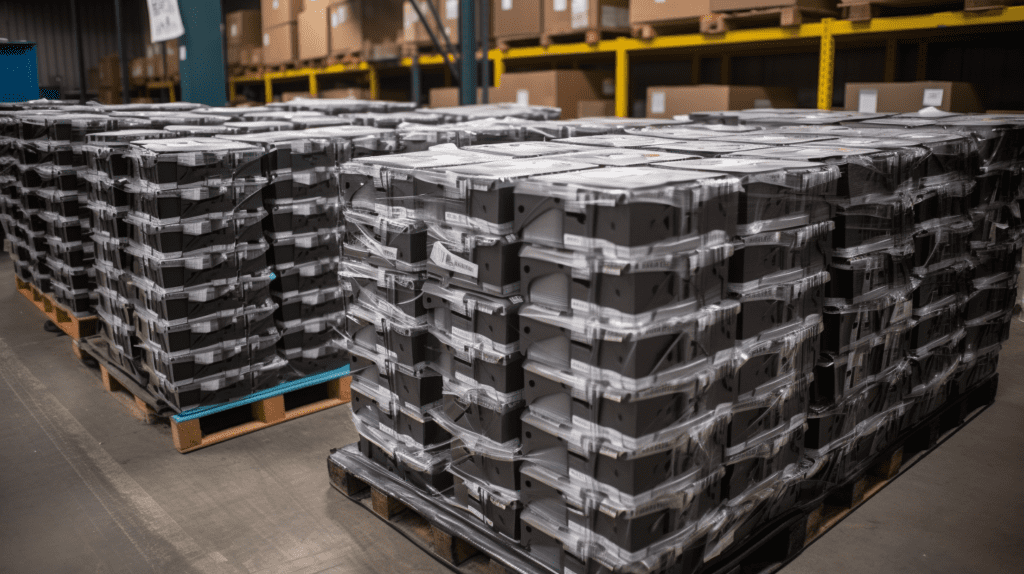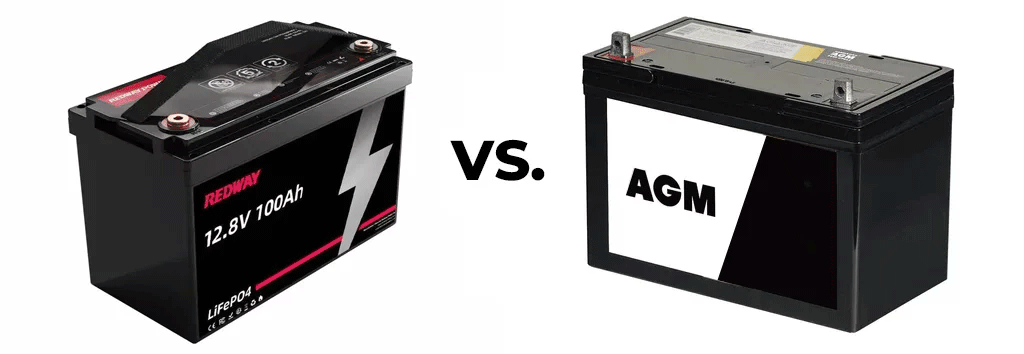LiFePO4 batteries have become increasingly popular in recent years due to their high energy density, long cycle life, and excellent safety profile. However, not all LiFePO4 batteries are created equal, and some factories are able to produce them at a lower cost than others. In this article, we’ll explore what factors contribute to the cost of producing LiFePO4 batteries and why some factories are able to offer them at a cheaper price point.

#post_seo_title
- Economies of Scale
One of the primary factors that contribute to the cost of producing LiFePO4 batteries is economies of scale. Larger factories that produce batteries in bulk are able to spread their fixed costs over a larger number of units, which reduces the cost per unit. For example, a factory that produces 100,000 batteries per month may have a lower cost per unit than a factory that produces only 10,000 batteries per month due to the fixed costs of operating a battery production line.
- Lower Labor Costs
Another factor that contributes to the cost of producing LiFePO4 batteries is labor costs. In countries with lower labor costs, such as China and India, battery factories may be able to offer cheaper prices for their products. For example, a factory in China may be able to produce batteries at a lower cost than a factory in the United States due to the difference in labor costs.
- Material Quality
The quality of the materials used to produce LiFePO4 batteries also plays a significant role in the cost of production. Higher quality materials may be more expensive, but they can result in better battery performance and a longer lifespan. However, some factories may choose to use lower quality materials to reduce their costs and offer cheaper prices. It’s important to note that this can result in reduced battery performance and a shorter lifespan, so it’s essential to carefully evaluate the quality of the materials used before making a purchase.
- Quality Control
Quality control is another factor that contributes to the cost of producing LiFePO4 batteries. Factories that have more stringent quality control measures in place may be able to produce higher quality batteries but at a higher cost. On the other hand, factories that have less stringent quality control measures may be able to offer cheaper prices, but at the risk of producing defective or faulty batteries.
- Government Subsidies
Government subsidies can also impact the cost of producing LiFePO4 batteries. In some countries, the government provides subsidies or tax incentives to battery manufacturers to encourage the development and production of clean energy technologies. These subsidies can help lower the cost of production and make LiFePO4 batteries more affordable for consumers.
Case Study: Redway Power
Redway Power is a custom lithium-ion battery OEM manufacturer that offers a wide range of LiFePO4 batteries for various applications. They are able to offer competitive prices for their batteries by leveraging economies of scale and by maintaining strict quality control measures. They also work closely with their customers to understand their specific needs and to provide customized solutions that meet their requirements. (Check: Power Storage Wall China Wholesale)
Conclusion
The cost of producing LiFePO4 batteries is influenced by several factors, including economies of scale, labor costs, material quality, quality control, and government subsidies. While cheaper prices may seem attractive, it’s important to carefully evaluate the quality and performance of the batteries before making a purchase. By working with a reputable custom lithium-ion battery OEM manufacturer like Redway Power, customers can be confident in the quality and reliability of their LiFePO4 batteries.

